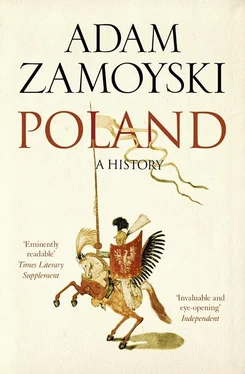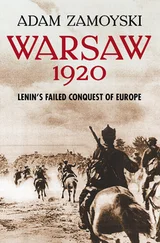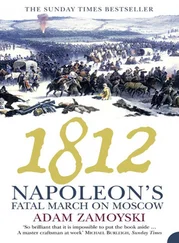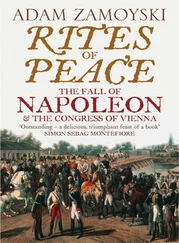Their headquarters, located in Venice after the fall of Acre so as to be ready for future crusades in the Holy Land, was quickly moved to Marienburg in Prussia in 1309. Prussia now became not a crusading outpost, but a state, and it would settle its disputes with neighbours not through Papal courts but on the battlefield. In concert with its ally John of Luxembourg, King of Bohemia, the order invaded Poland. The Silesian Duke Bolko of Świdnica held off the Bohemians while Władysław marched against the order and defeated it in a costly battle at Płowce in 1331. Too weak to pursue his advantage, he did not manage to reassert a Polish ascendancy in Pomerania or Silesia, where the German hegemony persisted. Nevertheless, by the time of his death in 1333, Władysław the Short had managed to reunite the central provinces and to establish at least nominal control over a number of other areas. His son Kazimierz III (1333-70), known as the Great, was able to carry through this process and to place the sovereignty of Poland beyond question.
In this he was assisted by an unusually favourable conjunction of circumstances. As a minor ice-age reduced yields and ruined harvests throughout much of Europe, Poland basked in a more than usually warm and temperate spell, which produced not only bumper crops but also conditions in which Mediterranean fruit could be grown and wine produced. While the Hundred Years’ War devastated the richest lands in western Europe and wrought financial havoc as far afield as Italy, Poland was spared lengthy conflicts. Finally, as the entire Continent was engulfed by the plague of 1348, the Black Death, most of Poland remained unaffected. The populations of England and France, of Italy and Scandinavia, of Hungary, Switzerland, Germany and Spain were more than halved. Poland’s grew, partly as a consequence of conditions elsewhere. The depredations of the plague were accompanied by widespread famine, which provoked an exodus from towns, and refugees roamed Europe in search of food and a safe haven. In addition, the need for a scapegoat had provoked the greatest wave of anti-Jewish atrocities in medieval history, and terrified survivors also fled, mainly eastwards. All were welcomed in Poland, which insisted only on a period of quarantine.
Kazimierz was a fitting ruler for these halcyon days. Physically handsome, with a broad forehead and a remarkable head of hair, he was a regal figure, combining courage and determination with the tastes of a voluptuary. He launched a building programme which, along with the cathedrals of Kraków and Gniezno and churches all over the country, gave rise to sixty-five new fortified towns, the fortification of twenty-seven existing ones, and fiftythree new castles. He also rerouted the Vistula at Kraków, and constructed a canal linking the salt-mines of Wieliczka with the capital. In 1347 he codified the entire corpus of existing laws in two books: one, the Statute of Piotrków, for Wielkopolska; one, the Statute of Wiślica, for Małopolska. He reformed the fiscal system, created a central chancellery, and regulated the monetary situation with the introduction in 1388 of new coinage. In the towns, he established guilds and extended Magdeburg Law. He granted a separate law to the Armenians living in Polish cities and gave the Jews their own fiscal, legal, and even political institutions.
These measures laid the foundations of a new boom. Polish cities gained considerable numbers of merchants and skilled artisans, while the influx of Jews provided them with banking and other facilities. This stimulated industry. Newly-discovered deposits of iron, lead, copper, silver, zinc, sulphur and rock salt were exploited and mining techniques improved. The traditional exports of grain, cattle, hides, lumber and other forest produce were supplemented by manufactured goods such as finished cloth, which was carried as far west as Switzerland.
Contact with the outside world was increasing, largely thanks to the Church, whose activity, both missionary and educational, brought foreign clerics to Poland and sent Polish ones abroad, some, like the friar Benedictus Polonus, as far as the capital of the Mongol Khan Guyuk in 1245, but most to study, particularly at the universities of Bologna and Paris. King Kazimierz exerted a personal influence on the development of learning and culture, and laid the foundations of the flowering of the next century by establishing, in 1364, a university at Kraków. Coming just after the foundation of the Charles University of Prague and before those of Vienna and Heidelberg, this was the second such academy in central Europe. Unlike most English, French and German universities, which evolved from religious institutions, it was based on the Italian models of Padua and Bologna, which were secular establishments.
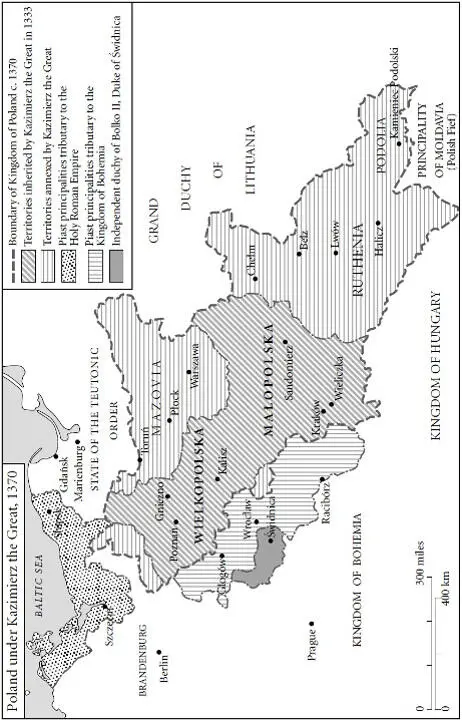
While he lavished care on domestic projects and encouraged education and the arts, Kazimierz did not neglect foreign affairs: he inherited a kingdom of 106,000 square kilometres, and left one of 260,000.He warred with John of Luxembourg, King of Bohemia, over rival claims to Silesia, finally defeating him in 1345, one year before the unfortunate blind king lost his ostrich feathers to the Prince of Wales at Crécy. He then turned his attention to the east.
The Tatar invasions of the previous century had annihilated the Principality of Kiev, and the smaller Russian principalities were only allowed to survive at the cost of yearly tribute to the Tatars, who had settled in southern Russia. Two such principalities, those of Halicz and Vladimir, were adjacent to Poland’s south-eastern border. Both were dynastically connected with Poland, and after the princes of Halicz died out, in 1340, Kazimierz incorporated their lands into his own dominion.
This elongation of Poland to the south-east was inevitable and permanent. The move of the Polish capital from Gniezno to Kraków three hundred years before was now beginning to affect Polish policy significantly. The king viewed his dominions from a different vantage point, and the most pervasive influence at court was that of the magnates of Małopolska, the ‘Kraków Lords’.
There was more at stake in this eastern theatre than territorial gain. The disintegration of Kiev had left a power vacuum into which Poland was inevitably drawn, all the more so since another power was taking more than a passing interest in the area—Lithuania.
The Lithuanians were a Baltic people like the Prussians and the Latvians, between whom they were settled. Long after their kindred Latvians and Prussians had been subjugated by the Sword Brothers and the Teutonic Knights respectively, the Lithuanians continued to defy all attempts at conquest. They were ruled by a dynasty well suited to the situation, prepared to make peace and accept token Christianity from the order to gain support against the Russians of Novgorod, and from Novgorod to defeat the order. Their conduct of policy was so wily and volatile that none of their neighbours could ever rest easy. After the débâcle of Kiev, the Lithuanians annexed vast tracts of masterless land. In 1362 their ruler Grand Duke Algirdas defeated the Tatars at the Battle of the Blue Waters, and in the following year he occupied Kiev itself.
In less than a hundred years the Lithuanian state had quadrupled in size, but while this made it more formidable to its enemies, it endeared it to none and enmeshed it in problems which, for once, were too great for its rulers. They could not hope to administer the huge area populated with Christian Slavs by whose multitude they were to be eventually swamped. Their seizure of these lands had brought them into conflict with the Tatars on one front, while the Teutonic Knights were straining all their resources to crush them on the other. The Russian principalities were hostile, while the Poles, who now shared a long frontier with Lithuania, were growing tired of sporadic border raids. Lithuania needed an ally. The problem of which to choose was the most pressing issue facing Grand Duke Iogaila when he came to the Lithuanian throne in 1377. And that same year had placed Poland in a dilemma, for different reasons.
Читать дальше
